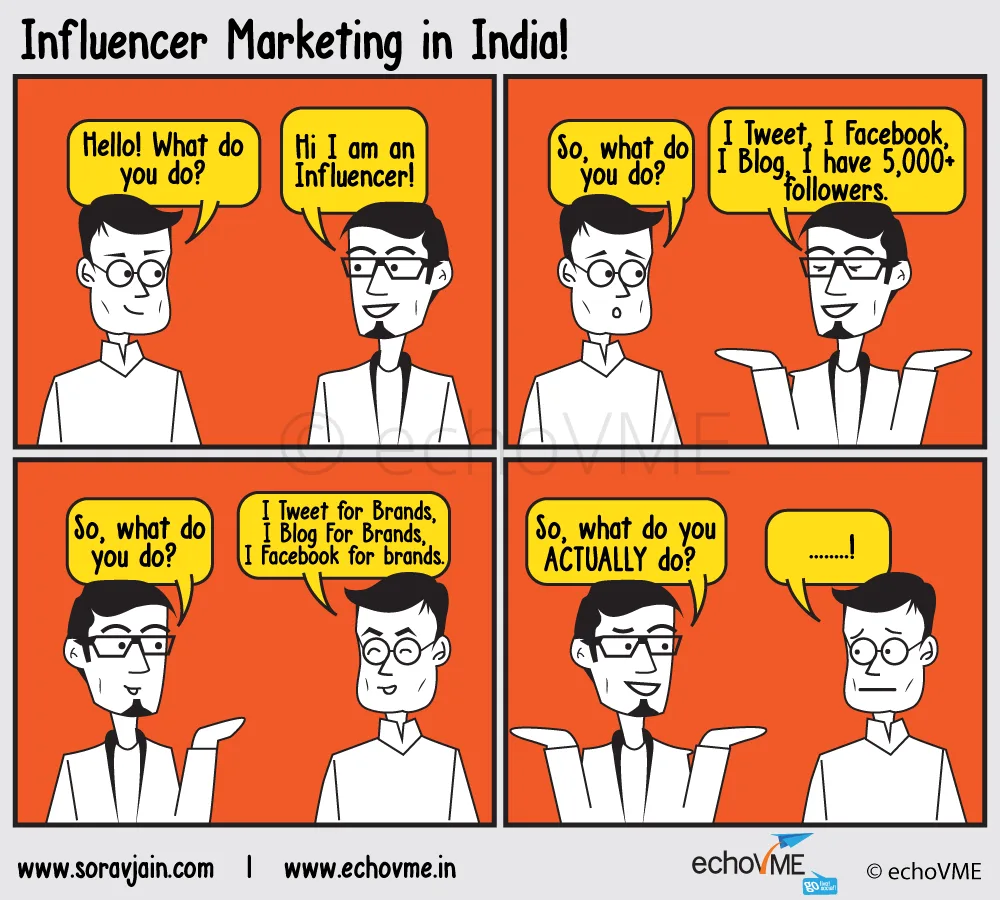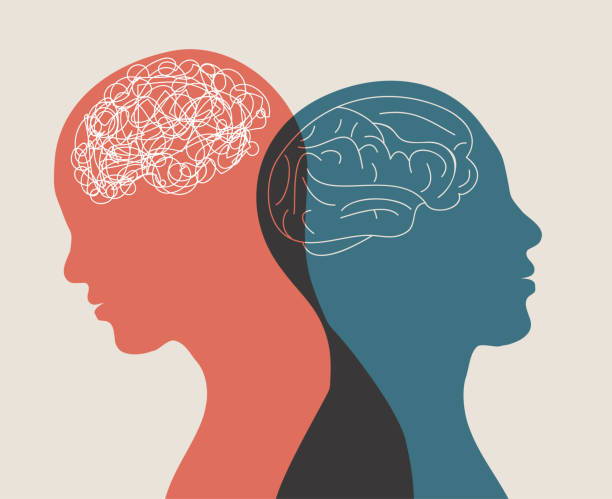Introduction
In the era of hyperconnectivity and social media dominance, the human psyche has begun to reflect the tools it engages with. Among the most discussed psychological phenomena in recent years is digital narcissism, a modern manifestation of narcissistic behavior fueled by digital platforms.
Read More- Sleep and Mental Health
What is Narcissism in the Digital Age?
Narcissism, traditionally defined as a personality trait characterized by grandiosity, a need for admiration, and a lack of empathy (American Psychiatric Association, 2013), has found fertile ground in the digital world. Digital narcissism refers to the amplification of these traits through the use of digital technologies, particularly social media platforms like Instagram, TikTok, and Facebook.

Unlike clinical narcissism, digital narcissism may not meet the diagnostic threshold for a personality disorder. However, it manifests in behaviors such as excessive self-promotion, curated online personas, obsession with likes and followers, and the constant pursuit of validation through digital means (Buffardi & Campbell, 2008).
How to Identify Digital Narcissism
While most people engage in some form of self-presentation online, digital narcissism can be identified by more persistent and exaggerated patterns of behavior. Here are common indicators:
1. Obsession with Likes, Comments, and Follower Counts
A digital narcissist may compulsively check their metrics and define their self-worth based on digital engagement. They might delete posts that don’t meet an expected number of likes or become anxious if they don’t receive attention quickly.
2. Overuse of Selfies and Filtered Images
Frequent posting of selfies — especially those enhanced with filters or editing tools — is a common marker (Halpern et al., 2016). The goal is often not connection, but admiration.
3. Curated and Idealized Online Persona
These individuals typically present an unrealistically perfect version of their lives, often omitting flaws or struggles. The online self becomes a carefully managed brand, not a reflection of authentic experience (Marwick, 2013).
4. Seeking Validation Through Oversharing
They might share deeply personal details not for connection, but to receive praise or sympathy. This kind of oversharing serves the need for attention and approval rather than meaningful communication.

5. Disregard for Others’ Content or Opinions
Digital narcissists tend to engage in social media mainly for self-promotion. They rarely interact meaningfully with others’ posts and may be quick to ignore or dismiss feedback that doesn’t flatter them.
6. Use of Drama or Conflict to Stay Visible
In some cases, individuals may stir controversy or provoke arguments simply to maintain visibility and engagement. Attention, whether positive or negative, is the goal.
These behaviors often appear in clusters and should be considered over time rather than based on isolated incidents. It’s also important to distinguish between someone enjoying social media and someone whose self-image is consumed by it.
The Role of Social Media
Social media platforms provide a stage for individuals to perform idealized versions of themselves. The structure of these platforms inherently rewards attention-seeking behaviors, often through algorithms that favor engagement over authenticity (Marwick, 2013). As a result, users may develop a heightened focus on image crafting, leading to inflated self-importance and distorted self-perception.
Studies have shown a strong correlation between narcissistic traits and social media activity. Individuals with higher narcissistic tendencies are more likely to post selfies, use filters, and measure their self-worth by the number of likes or followers they have (Halpern et al., 2016). This behavior is not only normalized but often celebrated in digital culture, creating a feedback loop that reinforces narcissistic tendencies.
Psychological Implications
The psychological consequences of digital narcissism can be significant. While users may initially experience positive reinforcement, over time, the pressure to maintain a flawless online persona can lead to anxiety, depression, and low self-esteem (Andreassen et al., 2017). Furthermore, constant comparison with others’ highlight reels can foster feelings of inadequacy and envy.
Digital narcissism also affects interpersonal relationships. Overemphasis on the self can impair empathy and reduce meaningful social interactions, both online and offline. As narcissistic individuals prioritize their own image, they may become more manipulative or exploitative in their relationships (Twenge & Campbell, 2009).
Cultural and Societal Effects
On a societal level, digital narcissism reflects and exacerbates the culture of individualism. It shifts public discourse from collective concerns to personal branding. Influencer culture, for instance, has commodified identity, where individuals monetize their personalities and lifestyles, often at the cost of authenticity (Abidin, 2016).
Moreover, the glorification of narcissistic behavior by celebrities and influencers may set unrealistic standards for self-worth, especially among younger audiences. This can perpetuate a cycle where self-promotion is seen as a necessity rather than a choice.
Conclusion
Digital narcissism is a complex and evolving phenomenon. While the digital world offers unprecedented opportunities for self-expression, it also poses psychological and social challenges. Addressing digital narcissism requires fostering digital literacy, encouraging authentic self-presentation, and promoting values of empathy and community over self-aggrandizement. By learning to identify its signs, both in others and in ourselves, we can begin to reshape our digital spaces into healthier, more human places.
References
Abidin, C. (2016). “Aren’t these just young, rich women doing vain things online?”: Influencer selfies as subversive frivolity. Social Media + Society, 2(2), 2056305116641342. https://doi.org/10.1177/2056305116641342
American Psychiatric Association. (2013). Diagnostic and statistical manual of mental disorders (5th ed.).
Andreassen, C. S., Pallesen, S., & Griffiths, M. D. (2017). The relationship between addictive use of social media, narcissism, and self-esteem: Findings from a large national survey. Addictive Behaviors, 64, 287–293. https://doi.org/10.1016/j.addbeh.2016.03.006
Buffardi, L. E., & Campbell, W. K. (2008). Narcissism and social networking web sites. Personality and Social Psychology Bulletin, 34(10), 1303–1314. https://doi.org/10.1177/0146167208320061
Halpern, D., Valenzuela, S., & Katz, J. E. (2016). Selfie-ists or Narci-selfiers? A cross-lagged panel analysis of selfie taking and narcissism. Personality and Individual Differences, 97, 98–101. https://doi.org/10.1016/j.paid.2016.03.019
Marwick, A. E. (2013). Status update: Celebrity, publicity, and branding in the social media age. Yale University Press.
Twenge, J. M., & Campbell, W. K. (2009). The narcissism epidemic: Living in the age of entitlement. Free Press.
Subscribe to PsychUniverse
Get the latest updates and insights.
Join 3,022 other subscribers!
Niwlikar, B. A. (2025, April 9). 6 Eye-Opening Signs of Digital Narcissism You Need to Know. PsychUniverse. https://psychuniverse.com/digital-narcissism/




Pingback: Main Character Syndrome: Why We Crave to Feel Special in a World That Feels Ordinary - PsychUniverse